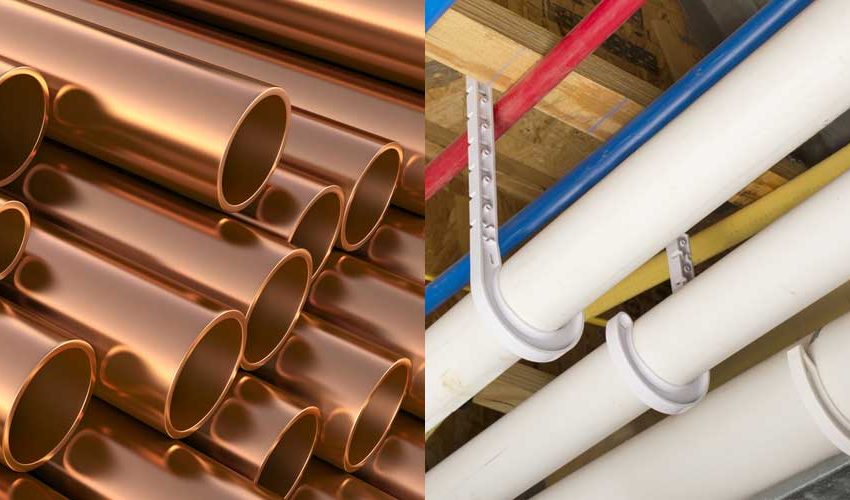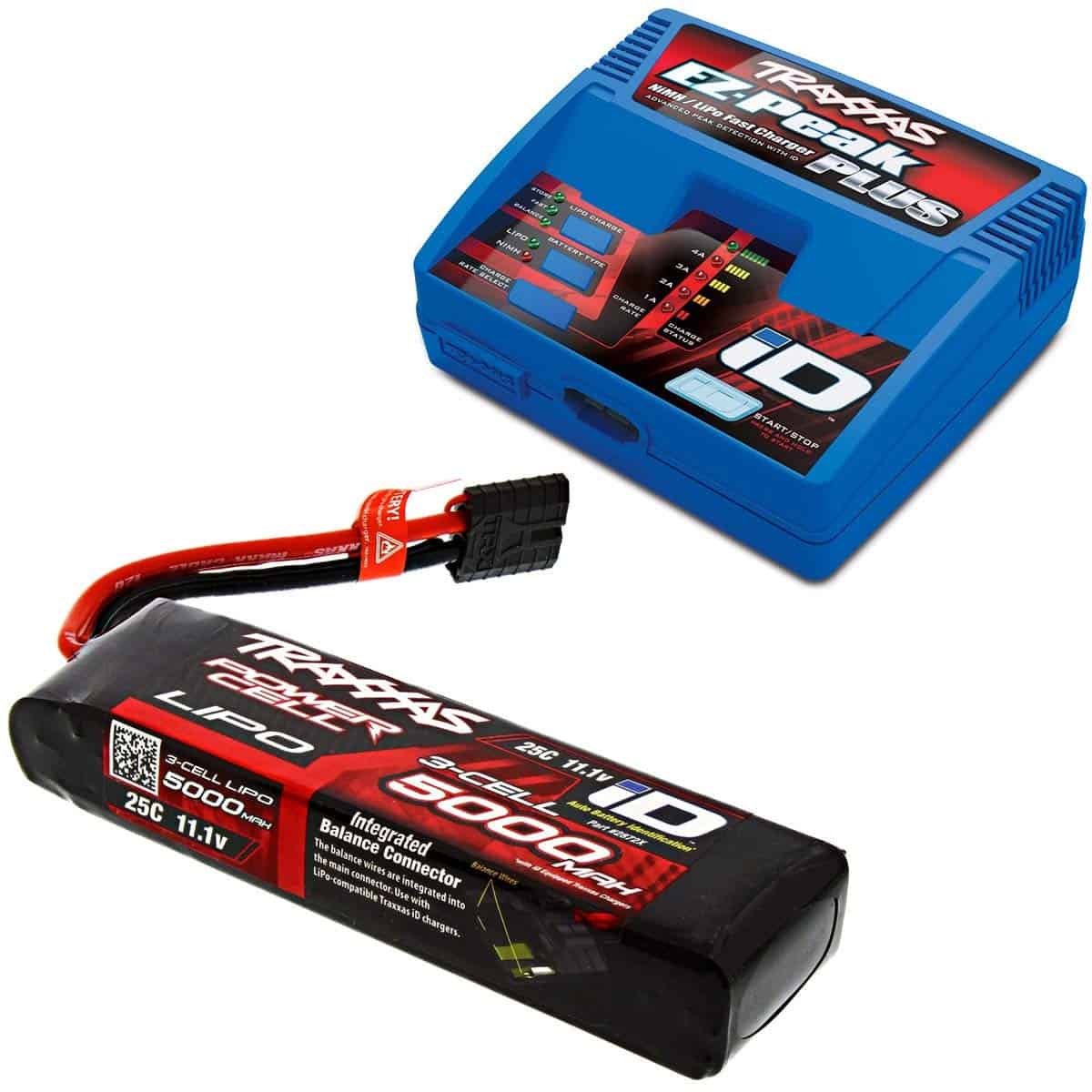PVC and CPVC pipe are two of the most widely used plastic pipes for plumbing applications. Understanding their differences can help you select the ideal material for your next project.
The primary distinction between CPVC and PVC lies in their temperature resistance. CPVC can withstand temperatures up to 200 degrees Fahrenheit, while PVC only reaches 140 degrees.
Cost
PVC and CPVC pipe are both widely used, with applications ranging from irrigation to drainage of soil & waste in buildings to conduits for electrical wires & industrial chemical transportation. However, there are some key distinctions that will determine which material is most suitable for your project.
First, you should evaluate the temperature thresholds for each material. While PVC can withstand temperatures up to 140 degrees before softening, CPVC has greater strength and can tolerate higher temperatures. This makes it a safer option for hot water piping applications where PVC safety limits may not be met.
Another factor to consider is cost. Both PVC and CPVC are relatively affordable, making them suitable for residential and commercial applications. Furthermore, the materials are easier to work with and more adaptable than other piping systems.
Pipes can range in cost from less than $8 to about $12 per 10 feet of pipe depending on the manufacturer. Fittings and joint compounds may also be reasonably priced.
Both materials offer resistance to corrosion and can be utilized in various settings. CPVC is more resistant to chlorine and other chemicals than copper or other metals, helping protect your equipment during chemical processing.
CPVC is slightly pricier than PVC, but it’s the ideal material for commercial and industrial uses. Furthermore, CPVC costs less than steel and aluminum – two common construction materials.
Finally, CPVC is more flexible than PVC and so makes for an ideal option for pool and spa installations where rigid piping may be challenging to install. It can also be combined with PEX piping system – a low-cost option popular in swimming pools and hot tubs – providing another cost-effective option.
CPVC is a strong and durable material available in two schedules: 40 and 80. Both types have similar pressure ratings; however, schedule 80 is thicker and can withstand higher pressures. Furthermore, it has greater corrosion and chemical resistance compared to schedule 40.
Durability
Selecting the ideal type of pipe material for your project can make all the difference in its success. PVC and CPVC pipes are both great choices for many purposes, yet they possess distinct characteristics. Which type of pipe will last longest depends on its intended use as well as how much heat exposure they receive.
PVC pipe is a widely-used type of plastic pipe due to its affordability and convenience. As such, PVC has become an increasingly popular option in building and construction projects across the nation.
Water supply, drain and vent piping, as well as irrigation can all be served with this versatile material which comes in various sizes and thicknesses.
PVC pipes offer another major benefit due to their resistance to temperatures up to 140 degrees Fahrenheit. This is an invaluable trait, as hot water can severely damage pipes.
Residential homes and buildings, where hot water is often used to warm the interiors of homes, should pay particular attention to choosing a type of pipe suitable for regular operation. If installing such an appliance requires regular operation, make sure the type of pipe used is compatible with your system.
For instance, when installing hot water pipes in your home, CPVC pipe is preferable over PVC due to its higher heat resistance and better chlorine barrier.
Though CPVC is more costly than PVC, it offers several advantages that could aid your project’s success. Not only is CPVC fire and corrosion-resistant, it’s widely used in sprinkler systems; additionally, it has been NSF certified for potable water use and boasts an extended lifespan.
CPVC is more flexible than PVC, making it simpler to install and work with. Plus, its chemical resistance makes it ideal for chemical transport or transport of certain materials.
CPVC is widely used in commercial and industrial settings, as well as multi-family buildings. It comes in Nominal Pipe Size (NPS) and Copper Tube Size (CTS) sizing options, plus an array of colors.
Corrosion Resistance
PVC pipe is a durable and corrosion-resistant material ideal for many applications. It can tolerate extreme temperatures and chemicals, making it perfect for industrial piping systems.
Chlorinated Polyvinyl Chloride (CPVC) is a type of Polyvinyl Chloride that undergoes chemical reaction to add chlorine, making it more resistant to temperature and corrosion. Furthermore, CPVC increases in strength and can withstand greater pressure levels than ordinary PVC does.
Industrial piping systems often opt for stainless steel due to its resistance to corrosive acids, salts, and other harsh chemicals. Furthermore, this material works great as a water distribution and transportation option.
However, it has its limitations. For instance, it may not be suitable for applications involving solvents like ketones, ethers, esters and alcohols since these can soften the pipe over time which could lead to ductile rupture or other damage.
The most popular method to connect PVC pipes is with threaded connections or solvent welded joints. This method offers easier installation and prevents clogs that may occur when using screws or bolts to hold piping together.
Chemical welds require the application of primer and solvent glue to both inside and outside pipes. The primer softens both surfaces, making it easier for the glue to penetrate deeply into each pipe and form a permanent bond.
CPVC pipes must also be UV stabilized, or else they will deteriorate in the sun due to their higher chlorinated atom content than ordinary PVC.
Due to this, it’s essential that you purchase pipes that meet NSF standards for water supply lines. Both CPVC and PVC can be safely used for hot and cold potable water, but only certified plumbing that has been ANSI/NSF 61 approved should be utilized.
The primary disadvantage to CPVC is its incapability to resist chlorine dioxide, a common component in drinking water supplies. This chemical accumulates on the inner surface of the pipe, leaving it more vulnerable to legionella bacteria growth.
Flexibility
PVC pipe has more flexibility than Cpvc, making it popular in plumbing systems due to its ability to be bent or curved to fit different configurations. This makes installation and repair much simpler for professionals as the pipes can easily be connected in any way required.
PVC plastic can be molded into various shapes and sizes to suit a range of applications. Its high temperature resistance and chemical resistance mean it won’t damage other types of piping systems, while being both environmentally friendly and recyclable.
CPVC (chlorinated polyvinyl chloride) is a more flexible type of plastic pipe than PVC and capable of withstanding higher temperatures. It’s widely used in hot and cold water delivery systems, fire sprinklers, as well as other industrial piping applications.
CPVC pipe is created by adding chlorine to the polyvinyl chloride resin used in PVC pipe production. The added chlorine provides greater oxidation and degradation resistance than plain PVC.
However, adding chlorine to a mix increases its cost. While this shouldn’t be an issue for most home projects, copper piping replacement in buildings may prove more costly to install due to additional chlorine content.
Fortunately, you can replace your current copper piping with CPVC for increased durability and flexibility. CPVC comes in both nominal and copper tube sizes and is suitable for various applications such as residential plumbing, gas/drain lines, fire sprinklers and more.
In addition to its strength and heat tolerance, CPVC is resistant to corrosion and fire retardant. This makes it the ideal material for many plumbing applications – particularly those involving higher temperatures or are vulnerable to chemical damage.
Crevice corrosion resistance of CPVC makes this material ideal for pipes. When ions in a fluid accumulate around welds and flanges, it can lead to leaks. Furthermore, CPVC has high chemical inertness against most acids, bases, and salts – unlike metal pipes which degrade rapidly over time.
Although CPVC piping material is more costly than other options, it’s a great choice for many applications due to its superior durability and versatility. Metal piping cannot match CPVC when it comes to handling chemicals, while other types of piping cannot.


